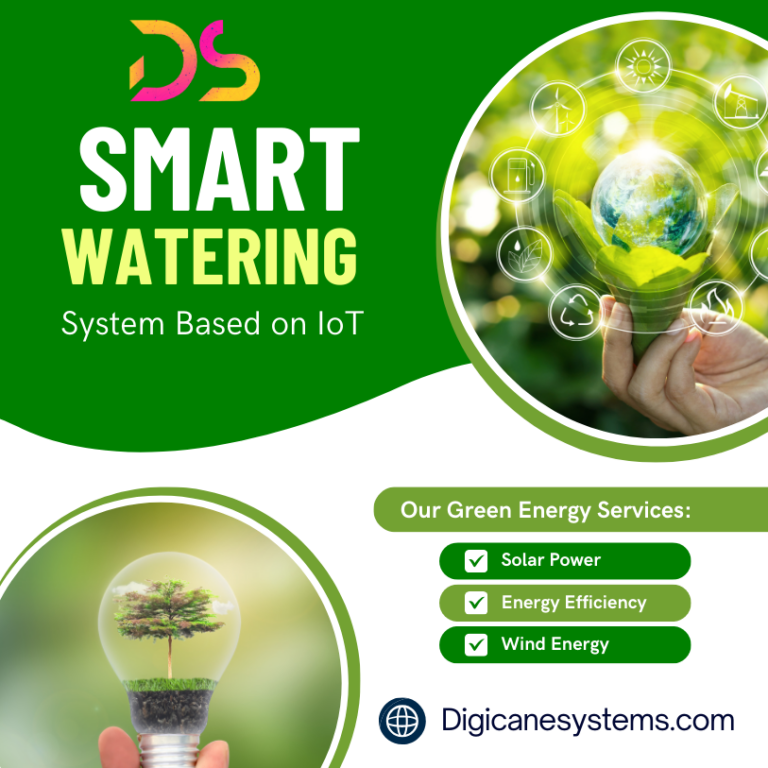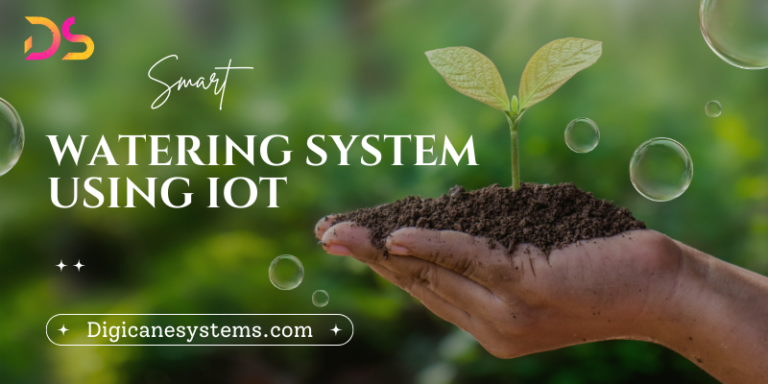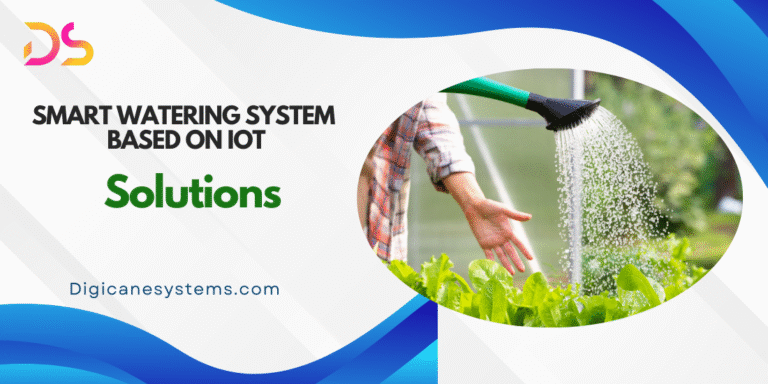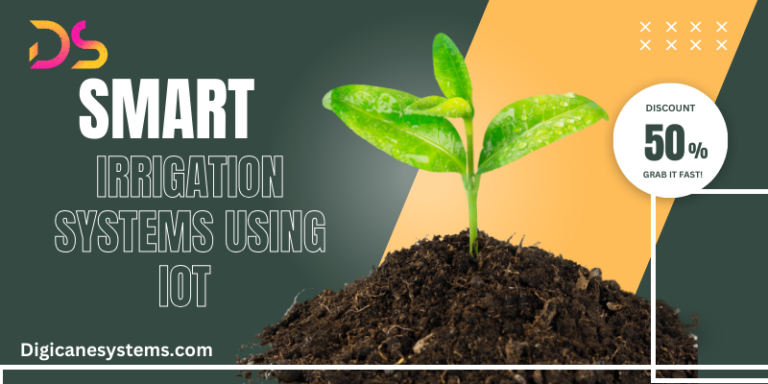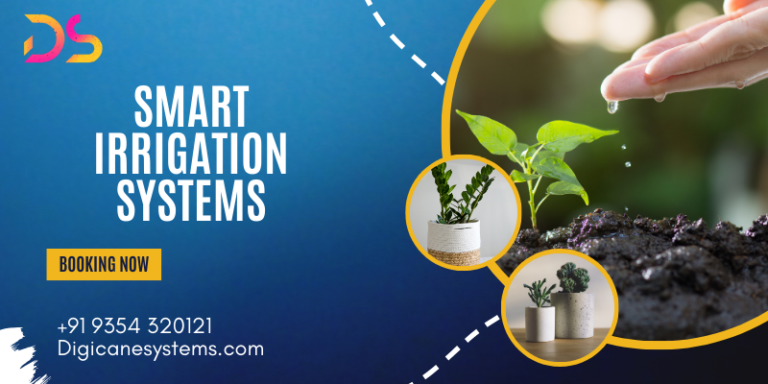Automatic Plant Watering System using IoT – Digicane Systems
All the pots are equipped with sensors and water drip for Plant Watering System. This system will measure the amount of water that is dripping into the soil, and adjust the water level in the pot accordingly. If the plant in this smart irrigation systems using IoT starts to need water, the water pump begins and waters the plant accurately. Once the plant has received the amount of water it needs, the water pumps will shut off.
Automatic watering systems for plants. A soil moisture sensor that can detect moisture in the ground. The soil moisture sensors is connected to the relay that will trigger the water pump.

The smart irrigation system is a new and advanced technique that reduces manpower and time. We took three different plants, each with a unique water requirement. One of the plants was the “snake-plant”. Snake plant doesn’t need water every day. Even in winter, this plant can survive for more than two months with very little water.
Sadabahar (periwinkle plant) is another plant that we took. It required daily water. The last plant we took is the cordyline, which is located in between the two plants that we took.
We use a water source in which we have the water pump. This reservoir will also have a water level sensor. We will be able to tell how much water is left in the reservoir by using the display.
We are now calibrating the sensors according to the requirements. There are different threshold values per plant sensor. The soil condition will affect the value of each sensor. The 16×2 display will show the soil condition of all sensors, the water level in the resource water and the soil condition.
Automatic Plant Watering System
We need to attach and assemble certain components in order to create this amazing project, Smart irrigation. So, let’s start by sharing the list.
- Components required
- Arduino Nano -1
- Soil moisture sensor -3
- Water Pump 5v 3
- Wires
- General-purpose PCB board
- Water pump compatible pipe
- Three-plant pot
- 16X2 Display
- Ultrasonic sensor
- Potentiometer 10k
- Berg Strip
Construction: –
Make A PCB Using the Circuit Diagram
Connect all soil moisture sensors. Check the output at the serial monitor after connecting the soil moisture sensors. You will see that the values change from 0 up to 1000.
The relay will be triggered by the display. Connect the mini-water pump to the relay according to the circuit diagram.

Automatic Plant Watering Circuit Diagram
The same IoT Technology should be used to upload the code. Before connecting. The GPIO pins can be damaged after making the connection. They are working on an automatic plant watering project.
This smart watering systems using IoT project has a very interesting and simple working. This project has three parts: input, processing and output. We have an ultrasonic and soil moisture sensor in input. The soil moisture sensors is used to detect moisture in the soil. The ultrasonic sensor will detect the level of water in the reservoir that we use to water our plants.
Three Different Plants with Different Water Needs Have Been Studied.
The periwinkle plant (sadabahar), needs to be watered daily. A small plant with a green leaf and a purple-pink bloom.
Cord line. Water is needed twice a week. It depends on weather conditions. If it is winter, the plant can survive with only one watering per week.
Snake plants can survive without water for up to 2-3 months in the winter and only once every four weeks in the summer.
We have programmed IoT Technology and the sensor to meet the water requirements of different plants. We calibrated the sensor so that it would detect the lowest amount of moisture if the snake plant required less water. The other two sensors for plants were calibrated based on their water requirements.

The ultrasonic sensors will be used to detect water in the reservoir and display a message on the LCD. We use full automation in an automatic plant irrigation system to reduce the amount of human effort. A sensor that uses ultrasonic waves continuously monitors and measures the water level in the tank. The reading is displayed on the LCD screen. It can be equipped with a buzzer. If you would like to add a feature, you can find it in our other Smart Irrigation Systems based on IoT projects.
Smart Irrigation Project / Automatic Plant Watering – Benefits
- You don’t need to water it every day. It can do that for you.
- This project saves time and effort by eliminating the need for a person who will water the plants.
- This project is a great way to save water. It gives water as needed.
- This project can also be used in agriculture. This project can be used at the corporate level for farming
- Smart Irrigation Systems Using IoT project / Automatic plant watering – Disadvantages
- The machine can’t function without electricity.
- After some time, the soil moisture sensor rusted
- The plant may be damaged if the system fails.


